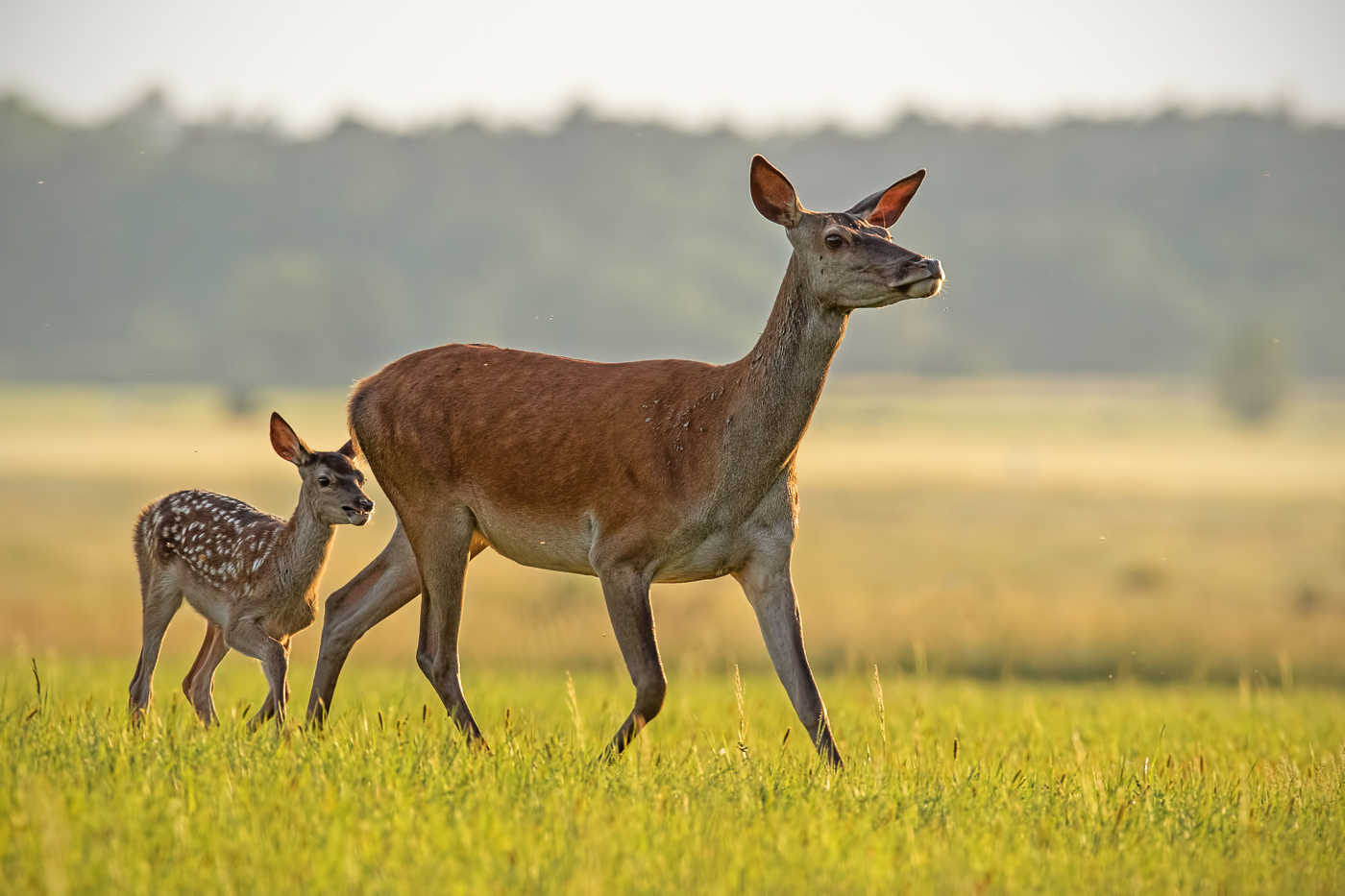
Stress is a major factor in making fawns vulnerable to yersiniosis around weaning. Stresses include:
Stressed or cold weaners stop eating and quickly lose body heat. This results in their intestinal movements slowing down and allowing the yersinia bacteria to multiply. These bacteria produce toxins that damage the intestine leading to fluid loss, bleeding, dehydration, and death.
Affected deer are dull, not eating, and isolated from the mob, with a green watery scour turning dark and bloody as the disease progresses. Some deer may be found dead with no obvious signs of disease, while others may carry the bacteria in their gut but show no symptoms.
Most infections are picked up when deer eat feed or drink water contaminated by faeces containing yersinia bacteria. Bacteria can survive for months in feed, water and soil, especially in cold wet weather. When carrier animals come under stress, they excrete more bacteria.
The two most important parts of a yersiniosis prevention strategy are vaccination and reducing stress. Weaners have to contend with the stresses of weaning, colder weather and often dwindling food supplies. Putting a quiet older hind in with newly weaned fawns can help keep them calm. Provide good feed and adequate shelter, keep worm burdens low, and ensure trace elements are at adequate levels. Because yersinia bacteria are widespread in the environment, most adult deer build good natural immunity to the disease – however weaners are vulnerable. The passive immunity they receive from their mothers wanes after about 12 weeks of age, so they do not have time to develop any immunity before the challenge in autumn/winter. Vaccination helps resist this challenge.
Yersiniavax® significantly reduces the number of deer affected, the severity of the disease and, consequently, the number of deaths. In field trials it reduced losses by more than 65%. Weaners should be at least 12 weeks old before the first vaccination (to avoid maternal antibody interference) with a booster dose given 3 to 4 weeks later. If pre-rut weaning, give the first dose at weaning, but, if the fawns are going to be transported soon after weaning, then the first dose needs to be before weaning. With post-rut weaning the first dose can be given when hinds and fawns are put into mating groups, with the booster given when mobs are yarded to change stags. If weaners are vaccinated at less than 12 weeks a third dose will give better protection, and this may be particularly applicable to first-calving hinds that calve later than mixed-age hinds.
Written by Chris MacFarlane – Vetlife Little River